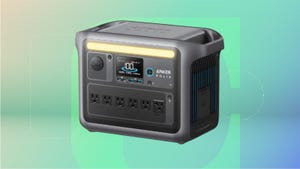Lower Inflation Won't Lead to Lower Mortgage Rates… Yet - CNET





Android 15 is the next big update coming to Android smartphones, but when exactly should OnePlus users expect the update to appear?
While you might assume that it’ll roll out as soon as the final release of Android 15 is ready later this year, that’s sadly not the case. While there’s no confirmation of exactly when OnePlus will roll out the Android 15, we can take a look at previous OS update rollouts to gauge OnePlus’ plans.
With that in mind, here’s all you need to know about the Android 15 update on OnePlus smartphones, from rollout speculation to supported devices and how you can get in on the fun early with the Android 15 beta.
While you might hope that, like Google Pixel devices, all supported OnePlus devices would get updated to Android 15 as soon as it’s available – but looking at the Android 14 release schedule, it seems highly unlikely.
Take the OnePlus Open for example; the Android 14 update began rolling out in India in early 2024, but it wasn’t rolled out to the US and Europe until mid-2024. That’s almost six months after the stable release of Android 14 first appeared on Pixel devices.
Thankfully, that’s a bit of an outlier in the current OnePlus collection. The Android 14 update began rolling out to OnePlus 11 users who participated in the beta program in late 2023, with a wider release in January 2024, while the OnePlus 10 Pro and Nord CE 3 Lite received the update in early 2024.
With that in mind, it’s likely that most OnePlus devices running Android 14 won’t get the Android 15 update until the end of 2024, or more likely, early on in 2025.
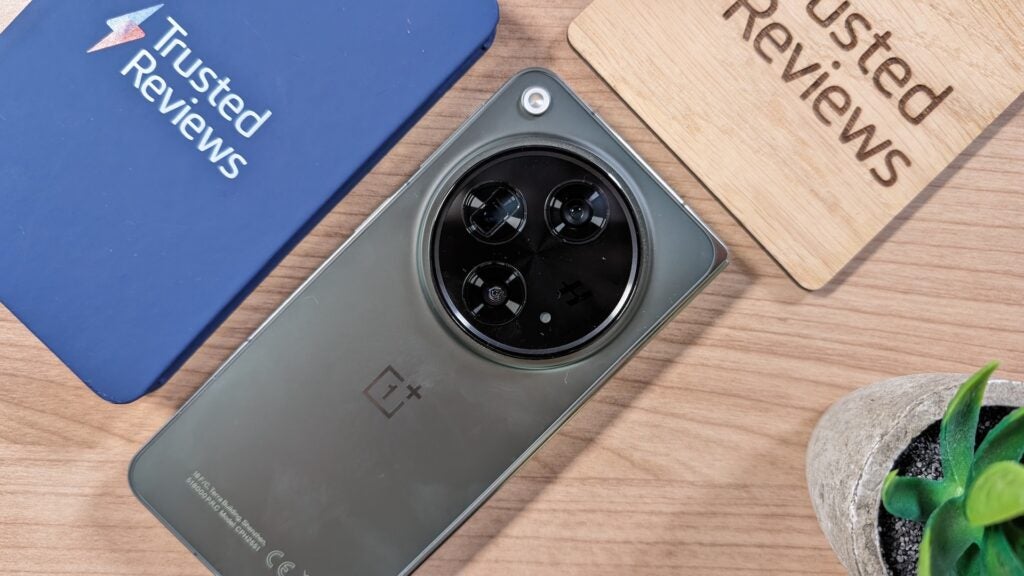
It’s worth noting that not every single OnePlus device will get the upgrade to Android 15 – only those with ongoing long-term software support. That means if you’ve bought a OnePlus phone in the past couple of years, you’ll likely get the update later this year. However, if you’re rocking a OnePlus 10 or earlier, you might be out of luck.
Based on OnePlus’ long-term software promise, the following devices should get the Android 15 update once it rolls out:
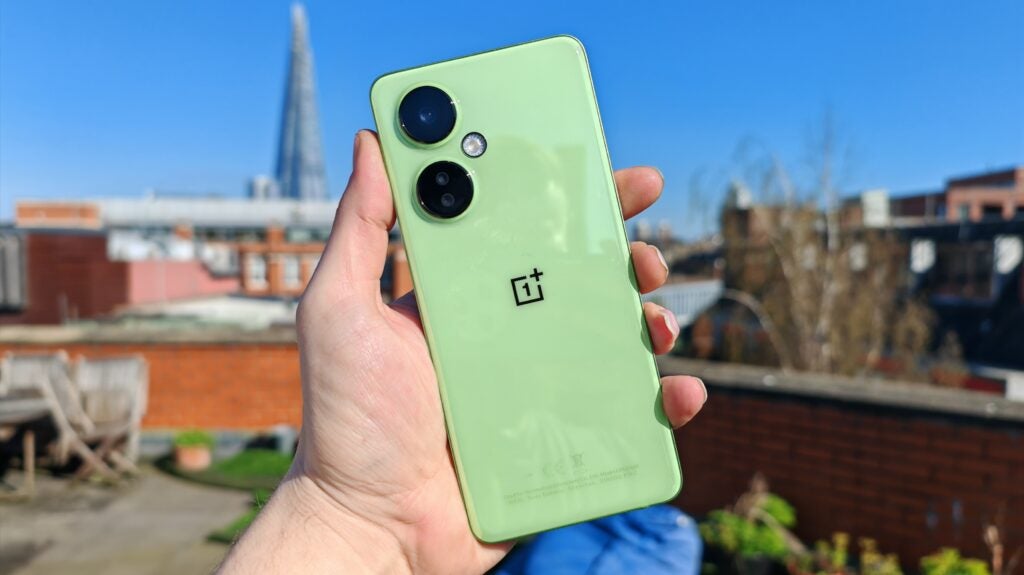
The good news is that you don’t need to wait until later this year – or possibly even 2025 – to try out Android 15 on your OnePlus smartphone. There is a catch, however; despite Android 15 coming to 10+ OnePlus devices, you can only install the Android 15 beta on either the OnePlus 12 or foldable OnePlus Open.
It’s also worth noting that OnePlus has explicitly warned against everyday OnePlus users installing the Android 15 beta as it’s currently unstable and breaks a few key features on both phones – the full list of known issues is available on the OnePlus community forum. As such, it’s only really recommended for software developers, and certainly not on primary devices.
If you are interested in this early look at Android 15, follow the (quite advanced) steps on the OnePlus community forum – but be warned, the process risks bricking your phone entirely.
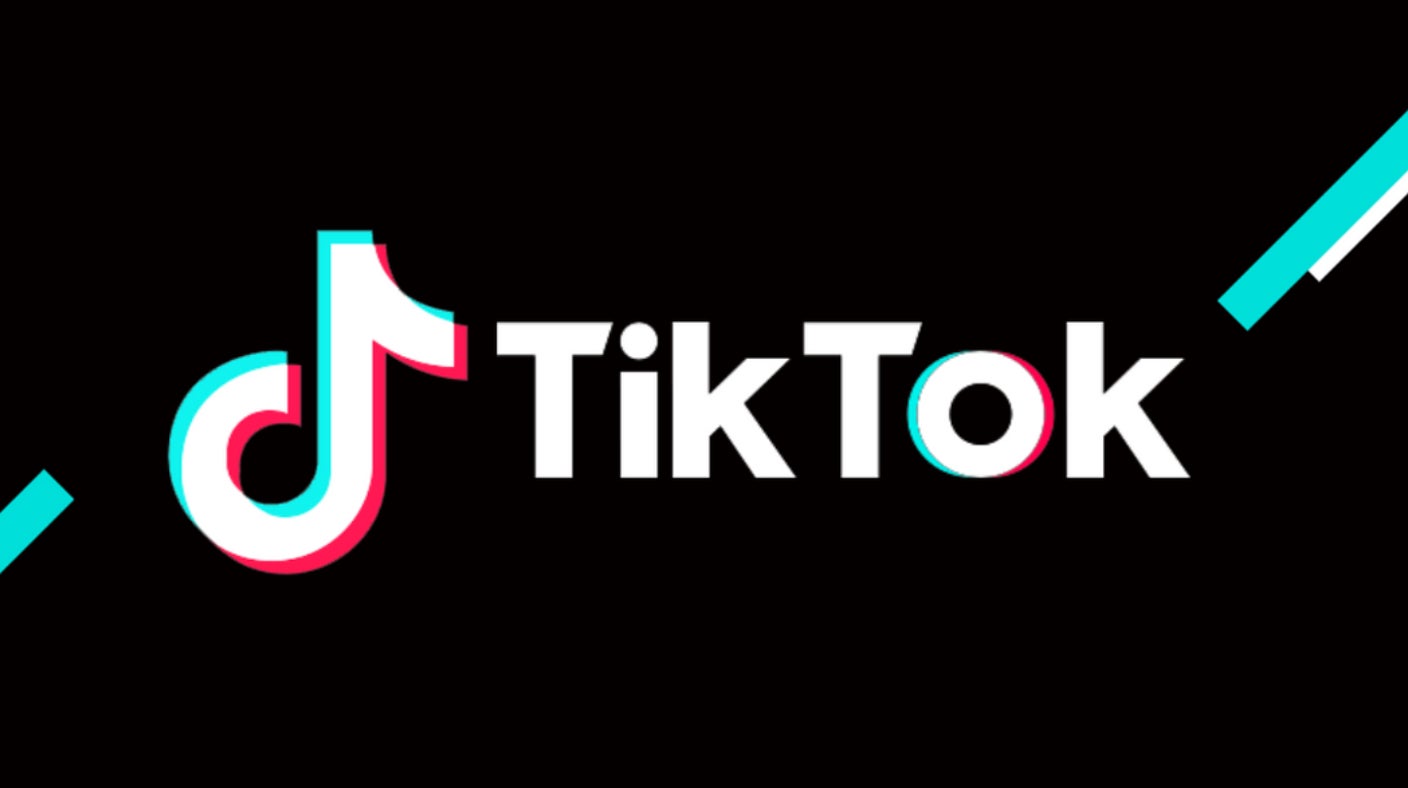
The post When will my OnePlus phone get the Android 15 update? appeared first on Trusted Reviews.
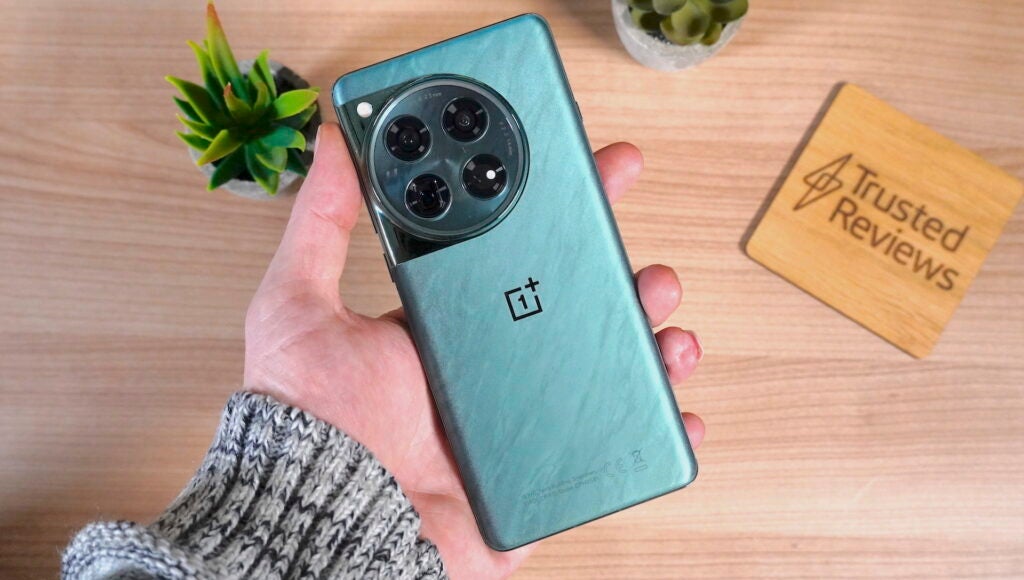













Nvidia and MediaTek are reportedly working together to produce a new chip that could power the handheld gaming PCs of tomorrow.
It all starts with an X (formerly Twitter) post from analyst Dan Nystedt, which reveals an industry rumour that the two chip giants are co-developing an Arm-based AI processor for PCs. Apparently, the design will apparently be finalised in the third quarter of 2024, and verified in the fourth quarter.
Manufacturing is said to be set for the first half of 2025 on TSMC’s 3nm process, and we could hear official news on the chip from MediaTek at Computex Taipei 2024 in June. With a price said to be around the $300 mark, this will be one premium PC chip.
Yep and Mediatek is also working on gaming handled SoC with Nvidia GPU as Jensen is frustrated by Nintendo and he sees a good market potential.
— AGF (@XpeaGPU) May 15, 2024
PS: its different than the new NV semi-custom div that tries to reenter the console market (some CN clients are already interested) https://t.co/sBuYVLJILc
Leaker XpeaGPU followed this up by confirming the rumour, as well as claiming that Mediatek was also producing a gaming handled SoC, with Nvidia providing the GPU.
With Nvidia already tipped to be supplying Nintendo with a custom Tegra chip for the Switch 2 next year, 2025 could be a big year for handheld gaming machines.
Indeed, the suggestion here is that Nintendo’s habit of using mature technology (which is both proven and cheap) is causing some frustration at Nvidia HQ – the ‘Jensen’ being mentioned here a reference to Jensen Huang, co-founder and CEO of Nvidia. The Taiwanese company apparently sees a great deal of potential in the handheld gaming SoC space, and seems eager to press forward with a more advanced solution.
The post Nvidia and MediaTek could be teaming up on gaming handheld chip appeared first on Trusted Reviews.
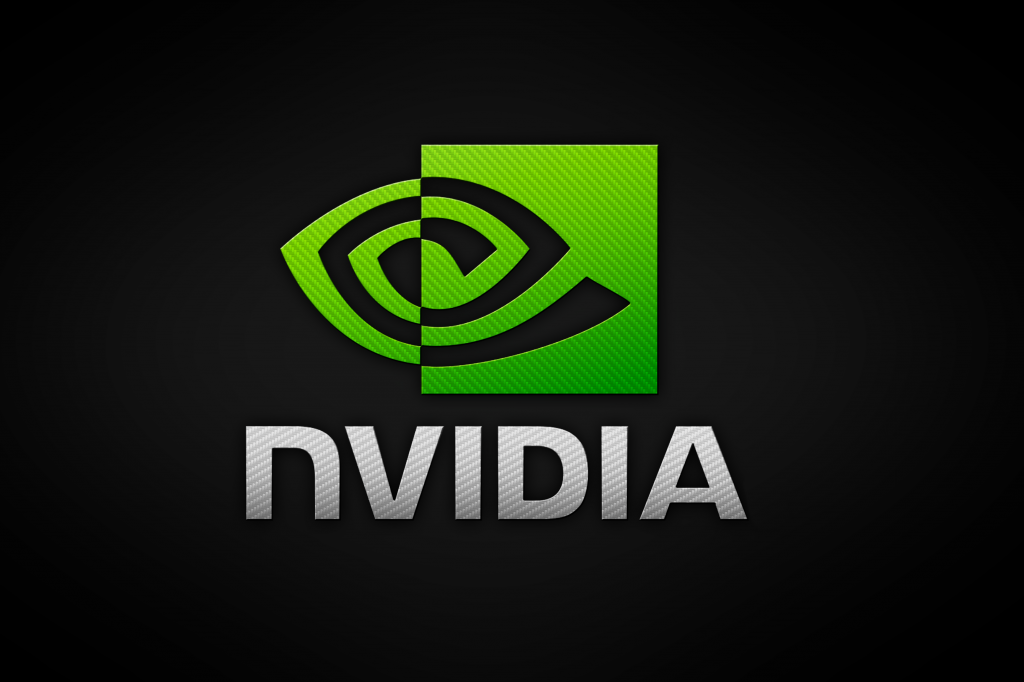





Canon has revealed that its first flagship EOS R System camera, the Canon EOS R1, will arrive later this year.
According to Canon, the EOS R1 will be marketed toward professionals looking for top-class performance, strong durability and cutting-edge technology. This includes those working in sports, news reporting, and video production.
The camera will also offer improved performance when shooting both stills and video compared to the brand’s current top-of-the-line camera, the Canon EOS R3.
Many of the EOS R1’s improvements will come down to a fresh image processing system compromised of Canon’s newly developed image processor Digic Accelerator combined with the existing Digic X and a new CMOS sensor.
This combo will enable the flagship to process large volumes of data at high speeds and deliver new advancements in autofocus, including improved subject recognition, and subject tracking. Canon uses the example of a team sporting event where the camera will lock onto its target and retain focus on that person even when other players pass in front of them.
The camera will also feature an Action Priority mode which analyses the scene to determine which player is performing an action – such as shooting the ball – automatically shifting the focus to that person.
You can also expect to see improvements in image quality thanks to the image noise reduction function which will now be available in-camera.
This isn’t the first we’d heard of the Canon EOS R1. The mirrorless camera has been slated as Canon’s replacement for its flagship DLSR, the EOS-1D X Mark III, since 2021. The camera was also basically confirmed by Canon exec Go Tokura in an interview with Photo Trend last year.
However, this is the first official announcement we’ve received from Canon regarding the EOS R1. Even better, it gives us a time frame to look forward to as the company aims for a 2024 launch.
The post Canon will launch its flagship EOS R1 camera this year appeared first on Trusted Reviews.


The Samsung Galaxy S23 Plus is a low key bargain over on Giffgaff right now.
O2’s budget-oriented mobile virtual network (MVNO) is currently offering the Samsung Galaxy S23 Plus in ‘like new’ condition for just £599.
This is a phone that was officially retailing at £1,049 less than a year ago. In other words: it’s a total bargain.

Get a ‘like new’ Samsung Galaxy S23 Plus for just £599
The Samsung Galaxy S23 Plus is available for £599 in ‘like new’ refurbished condition from Giffgaff.
If the ‘like new’ designation didn’t tip you off, these models are refurbished, and as such aren’t brand new. However, Giffgaff offers the assurance that they “look like new” with “no visible scratches” to be found. It also offers a reassuring 24 month guarantee.
Samasung’s Plus range always feels a little underrated or under-appreciated to us. Perhaps that’s because it falls in between the plain S and flagship Ultra lines.
All we know is that we rated the Galaxy S23 Plus highly in our review, scoring it 4 out of 5 and finding that “It has a good, big screen; versatile camera and long battery life”, and saying that it was “a reliable device to have by your side.”
One of our main criticisms with this 2023 model was that it was a tad on the pricey side, given what you could get for less money at the time. However, in light of this Giffgaff deal, that price is a whole lot more inviting.
We’d go so far as to say it’s outstanding value at £599, and that it tops a lot of current mid-rangers in virtually every department.
Especially given that you can now get Samsung’s Galaxy AI software, which debuted on the Galaxy S24 and Galaxy S4 Plus, via an update.
The post The Galaxy S23 Plus is an underrated bargain at this price appeared first on Trusted Reviews.
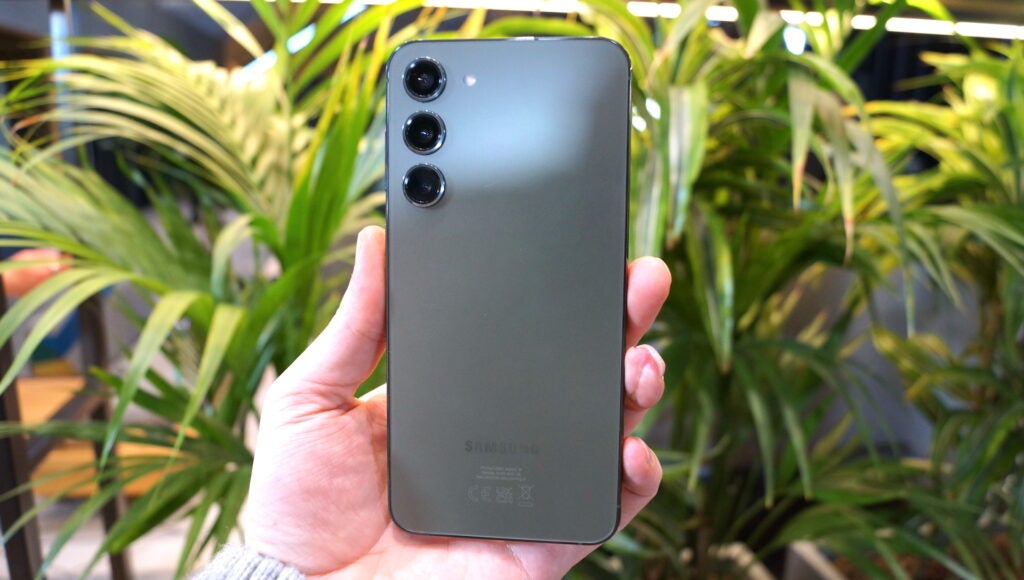







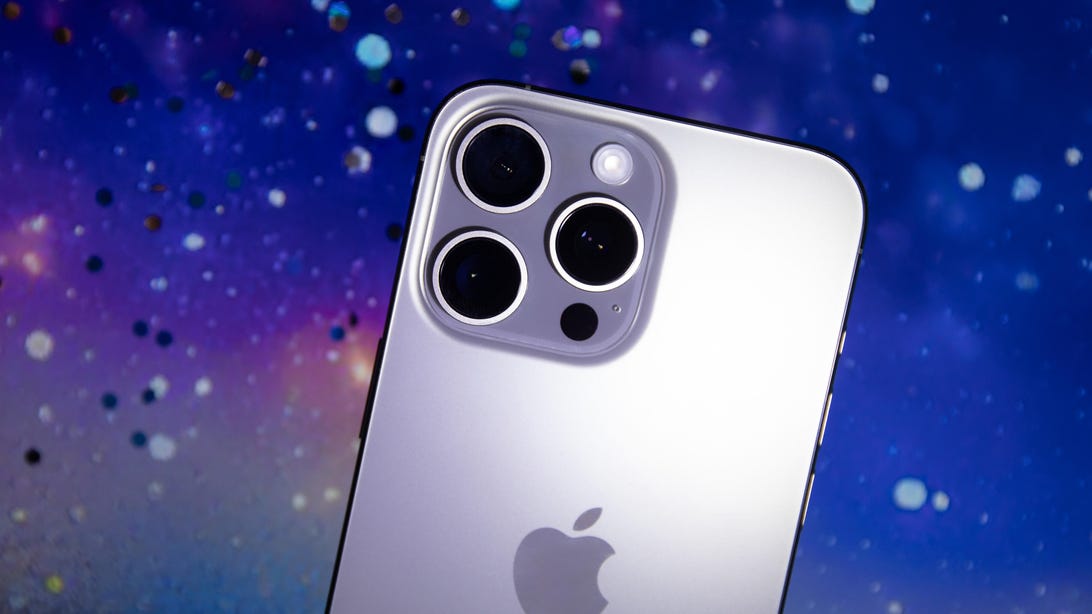
Where the Blade comes ahead in performance, the Zephyrus wins on value.
Fourteen-inch gaming laptops are the best gaming laptops. They can run most PC games over 60fps on high settings, but at under four pounds and less than an inch thick, they’re still easy to carry around. There are compromises: their size limits how much power they can handle before the components melt into goo, they have loud cooling fans, and they can’t match the battery life of thinner, lighter non-gaming laptops. But they’re the right compromises for a gaming laptop that can also be your lecture hall or coffee shop laptop.
The Razer Blade 14 and Asus ROG Zephyrus G14 are two of the most highly regarded 14-inch gaming laptops. The Zephyrus — one of our longtime favorites — has a redesigned chassis and new OLED panel, while the 2024 Blade 14 is a small spec bump over the previous generation. It made sense to pit them against each other in a benchmark brawl.
The $2,700 Blade I tested comes with an AMD Ryzen 9 8945HS, RTX 4070, 32GB of memory, and 1TB of storage. I also tested two different configurations of the Zephyrus G14: one $2,200 version with the same hardware specs as the Blade 14 and a $1,700 version with an RTX 4060 and 16GB of memory. The Blade and higher-end Zephyrus have different memory and storage speeds but nothing that would produce a meaningful difference.
At 1080p on the highest presets, all three can push over 60fps in most games. Cyberpunk 2077 is an outlier if ray tracing is enabled and DLSS 3.5 is off — but turning DLSS on more than triples the frame rate.
The Blade outperformed the 4070 Zephyrus by between 9 and 18 percent in every benchmark, despite having the same CPU and GPU and the same amount of memory. Razer gives the RTX 4070 as much juice as the GPU can handle, up to 115W, or 140W with Dynamic Boost enabled. Asus caps the Zephyrus’ total graphics power at 65W, with Dynamic Boost up to 90W. The Blade 14 can generate more frames because it literally has more power.
Winner: Razer Blade 14
The Blade 14 uses that extra GPU power to drive its 2560 x 1600 IPS display as close as possible to its 240Hz refresh rate — useful if you’re playing competitive esports (or just like fast refresh rates). It reaches about 500 nits of brightness, so it can handle any normal lighting situation inside or outside with minimal glare.
But the Zephyrus has a 2880 x 1800 OLED display with visibly richer colors and bolder contrasts. Its 120Hz refresh rate balances nicely with its graphical capabilities for gaming and creative work. It only hits 400 nits, but that’s a nonissue indoors.
/cdn.vox-cdn.com/uploads/chorus_asset/file/25435976/blade14rogzeyphg14_closed.jpg)
Both laptops hit 100 percent of sRGB and P3 color gamuts; the Zephyrus also covers 100 percent of AdobeRGB while the Blade only hits 89. (AdobeRGB matters more for print work, not gaming.)
The Zephyrus’ display is HDR500-certified and supports G-Sync; the Blade 14 does not have HDR, and even though the display supports AMD FreeSync Premium, it doesn’t work with the discrete GPU. Razer’s website says the Blade 14 supports G-Sync on external monitors, but that didn’t work in my testing.
Winner: Asus Rog Zephyrus G14
The Blade 14 has always looked like a MacBook Pro, and it looks even more like one in silver. (The Blade still comes in black, of course — but now, so does the MacBook Pro.) Its black keys have rounded edges that contrast with the clean, straight lines of the chassis. The keys feel a touch too small, and the silver gaps between them further accentuate how spaced out they are.
The Blade’s trackpad looks smoother than it feels; my fingertips sometimes caught and skipped. The Blade is also a little thicker and larger: 0.70 inches thick compared to the Pro’s 0.61 inches and 4.05 pounds compared to 3.4 pounds. But it comes with a treat: two slots for up to 96GB of socketed RAM; the Zephyrus’ memory is soldered to the board.
/cdn.vox-cdn.com/uploads/chorus_asset/file/25435974/blade14_ports.jpg)
/cdn.vox-cdn.com/uploads/chorus_asset/file/25435979/rogzeyphg14_ports.jpg)
Monica Chin, The Verge’s former laptop reviewer, was worried that the new Zephyrus would look too much like a MacBook, but it pleases me to report that it doesn’t. Even though the dot matrix on the lid is gone, the diagonal LED strip still adds flair. It’s slimmer and lighter than the Blade 14, too: 12.76 x 8.66 x 0.70 inches, weighing 3.53 pounds, and it comes in either white or dark gray. The only MacBook-like thing about the Zephyrus G14 is its smooth trackpad.
Both versions of the Zephyrus I tested had good battery life for a gaming laptop — an average of 6.5 hours when used only for web browsing, word processing, and video streaming. It can last up to three hours while gaming, depending on the game and graphics settings. (On high graphics at 1080p, Cyberpunk 2077 drained the battery in an hour, while Botany Manor drained it in just under three.) As for the Blade 14, its battery lasts only up to four hours, even on simple tasks.
Winner: Asus Rog Zephyrus G14
Small gaming laptops often have trouble cooling their components, but both the Blade 14 and Zephyrus G14 have a handle on their thermals. HWInfo reported no throttling on either during the Cinebench 2024 benchmark.
While not uncomfortable, the Blade 14’s S and D keys, and the left side of the spacebar, become noticeably warmer than the rest of the keyboard after gaming for two hours straight.
/cdn.vox-cdn.com/uploads/chorus_asset/file/25435973/blade14_keyboard.jpg)
/cdn.vox-cdn.com/uploads/chorus_asset/file/25435978/rogzeyphg14_keyboard.jpg)
But I’ll take that over the dozens of small vents that span the Zephyrus G14’s bottom chassis. I was fine using the Zephyrus in my lap to dash off a few emails or watch an episode of Shōgun, but gaming felt like getting blasted by hot desert air.
The Blade 14 handles a lot more GPU wattage in a chassis nearly the same size as the Zephyrus, with fewer vents on the bottom.
Winner: Razer Blade 14
The Zephyrus G14 — with an RTX 4070 — is still the best 14-inch gaming laptop.
For $2,000 to $2,200, it maintains a fine balance between features, performance, and price. You get a quality OLED HDR display, commendable battery life, a fun but not too flashy design; and high frame rates despite the GPU power cap. The only true fault with this laptop are the friggin’ vents that span the entire bottom. The 90W TGP limit and soldered-in memory are disappointing, but I’m happy to accept those small concessions for everything else the Zephyrus G14 offers.
The similarly configured Razer Blade costs up to $700 more. It has a higher refresh rate but no HDR or G-Sync support, and its 9 to 17 percent higher frame rate at 1080p is barely noticeable. The Blade 14 is also a little heavier than the Zephyrus G14, its battery life is significantly shorter, and it looks even more like a MacBook with its new mercury colorway.
Winner: Asus ROG Zephyrus G14
Photography by Joanna Nelius / The Verge
